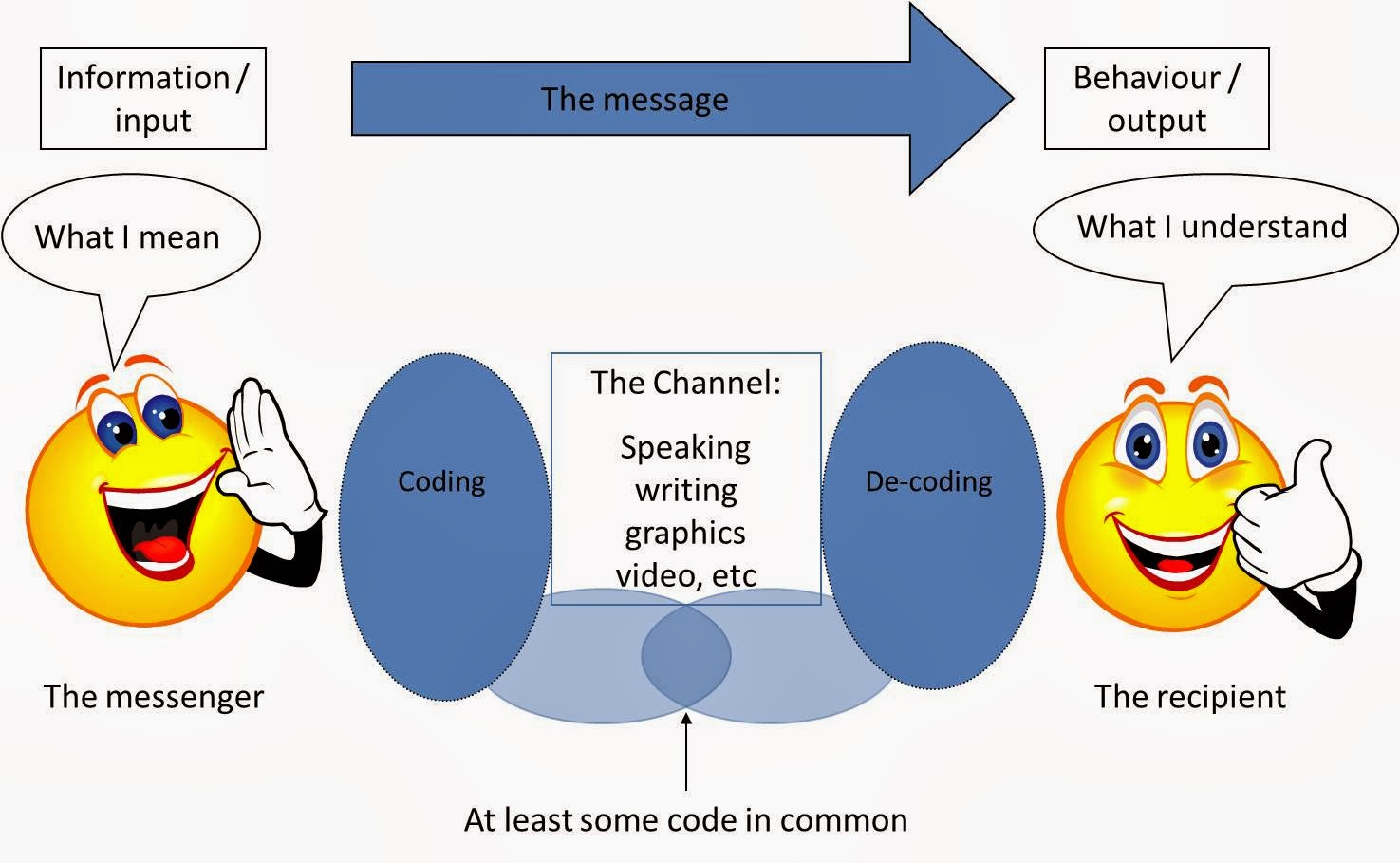Methodology of Teaching English -At a Glance
|
Aspect |
Grammar-Translation
Method |
Direct
Method |
Michael
West's (Reading) Method |
Structural
Approach |
Communicative
Approach |
Elective
(Eclectic) Approach |
Innovative
Pedagogy |
|
Key Focus |
Mastering
grammar rules & translations |
Immersion in
target language, emphasis on speech & listening |
Building reading
skills & vocabulary through graded texts |
Mastering grammatical
structures via habit formation |
Developing communicative
competence (real-life interaction) |
Selecting
best elements from multiple methods for contextual needs |
Engaging, learner-centered
instruction using new technologies, tasks, projects, or flipped
learning |
|
Core
Principles |
- Teach
grammar systematically |
- English
only in class |
-
Extensive/graded reading |
- Language as
a system of patterns |
- Authentic
tasks/materials |
- Flexibility
& adaptation |
- Interactive,
real-world tasks |
|
Classroom
Procedures |
1. Present
grammar rules explicitly |
1. Introduce
new vocab/phrases using visuals |
1. Select simplified
texts (graded readers) |
1. Present a
target structure |
1.
Pre-task/warm-up to set real context |
1. Needs
analysis (which methods fit best?) |
1. Introduce
problem/task (often from real-life) |
|
Strengths |
- Strong grammar
base |
- Builds oral
skills & confidence |
- Rapid vocabulary
expansion |
- Firm grasp
of grammar patterns |
- Real-life
communication |
- Adaptable
to various contexts |
- High
engagement, modern relevance |
|
Weaknesses |
- Neglects speaking
& listening |
- Requires teacher
fluency |
-
Underemphasizes speaking skills |
- Can become mechanical |
- May lack
explicit grammar focus if not well-balanced |
- Risk of
random mixing if not principled |
- May require
significant planning & resources |
|
Example
Activity |
- Translate
a short story passage from English to L1 |
- Restaurant
role-play: Teacher shows menus/pictures only in English; students order
& respond in English |
- Reading
a graded book on animals: |
- Substitution
drill on Present Continuous (“I am reading.” → “I am reading a book.”) followed by short
Q&A |
- Planning
a trip: Groups decide itinerary & budget in English; present plan |
- Mixed
lesson: Short grammar practice (Translation & Structural drills) +
pair speaking task (CLT) + a reading excerpt (Reading Method) |
- Flip
Classroom: Students watch grammar video at home, then do creative group
projects in class (e.g., filming a short dialogue or presenting a digital
poster) |



Comments
Post a Comment